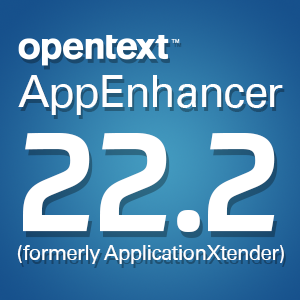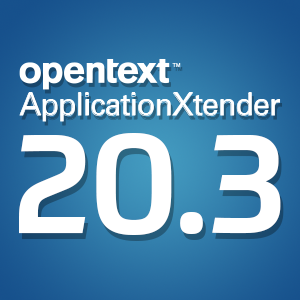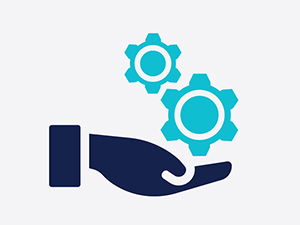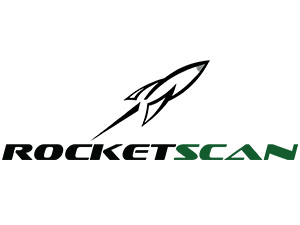3 advantages of taking education paperless
Monday, February 3, 2014Computers have exploded in use in the classroom since the ’80s, and as computing technology continues to evolve the benefits become more extraordinary. For schools, tablets may lead to the next evolution in education that will help to drive and inspire students, and get them more involved in learning than ever before.
For schools and educators, one of the key advantages of embracing new computing solutions, such as tablets, the cloud and remote accessibility, is the elimination of paper from the classroom. Schools spend hundreds of thousands of dollars a year on paper products, from new textbooks to printer paper, and implementing a paperless strategy and the appropriate document management software to protect and organize digital data will help reduce those costs while improving workflow for teachers and students alike. However, there is more to taking education paperless than reducing spending, and these advantages add up very quickly to maximum value.
Getting students involved
In many ways, teaching on a computer or tablet can get students are more involved and interested in their studies. In the traditional classroom setting learning can be boring for less motivated pupils. Providing new and improved tools that feature more interaction and offer new ways to present material can be a breath of fresh air to the stale teaching methods that haven’t seen much improvement since the ’50s and ’60s. For example, lessons can include animations, interactive “quizzes” and other methods that paper-based textbooks could never provide. Additionally, with the right tools students will be able to improve their study habits, or take their work home more effectively through cloud syncing of materials.
Improve organization
There is something to be said about having a cabinet full of tablets instead of multiple cabinets with textbooks, workbooks, study guides, novels, paper, pencils and a myriad of other supplies necessary for a paper-based classroom. Regardless of the spending improvements teachers will be able to optimize their classes around a single resource, rather than 20 or more, and provide students with everything they need on a single platform. This will enhance productivity, streamline lesson planning and overall organization for the teachers, allowing them to spend more time focusing on the students themselves.
Boost efficiency
Another major factor in a teacher’s average day is grading, while school administration have to maintain an even broader swath of information on both students and teachers. Going digital and enlisting in conversion services to eliminate paperwork from daily operations can help make grading, administrative tasks and overall management of student information far more efficient. Grading can be done faster, records kept more accurately, and meetings with students and parents can be more effective, as the relevant information will be more readily accessible.




